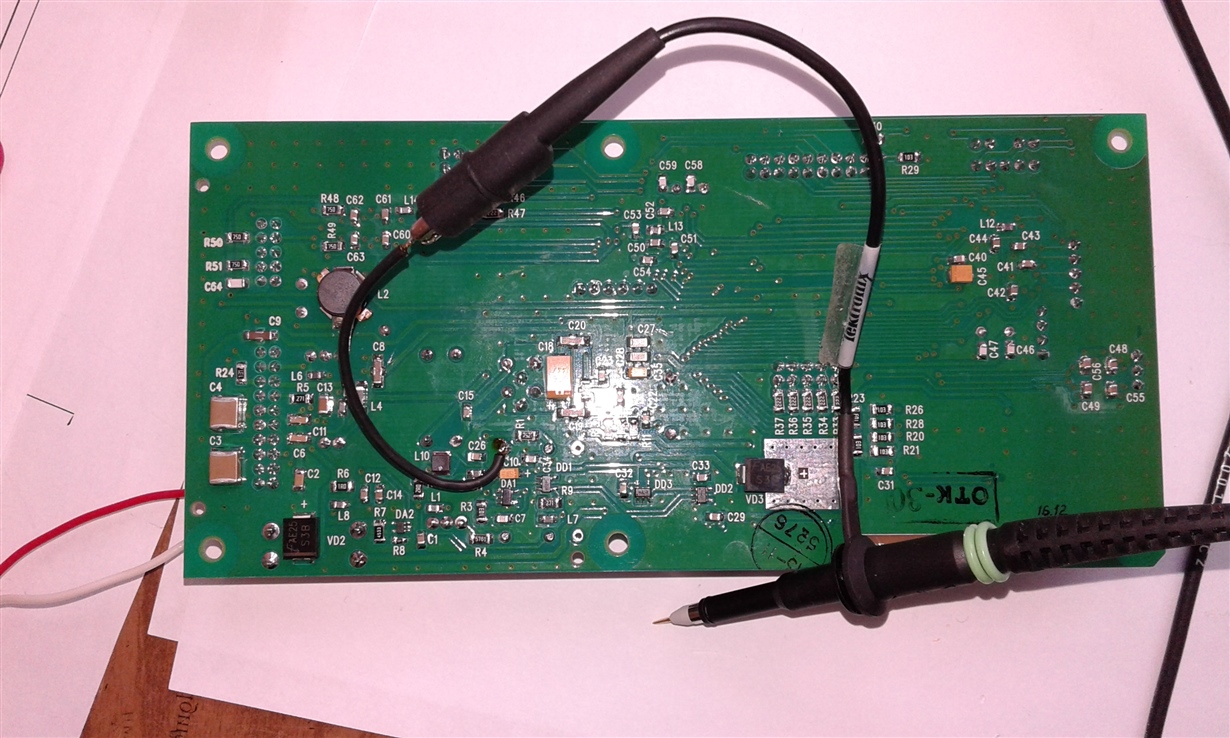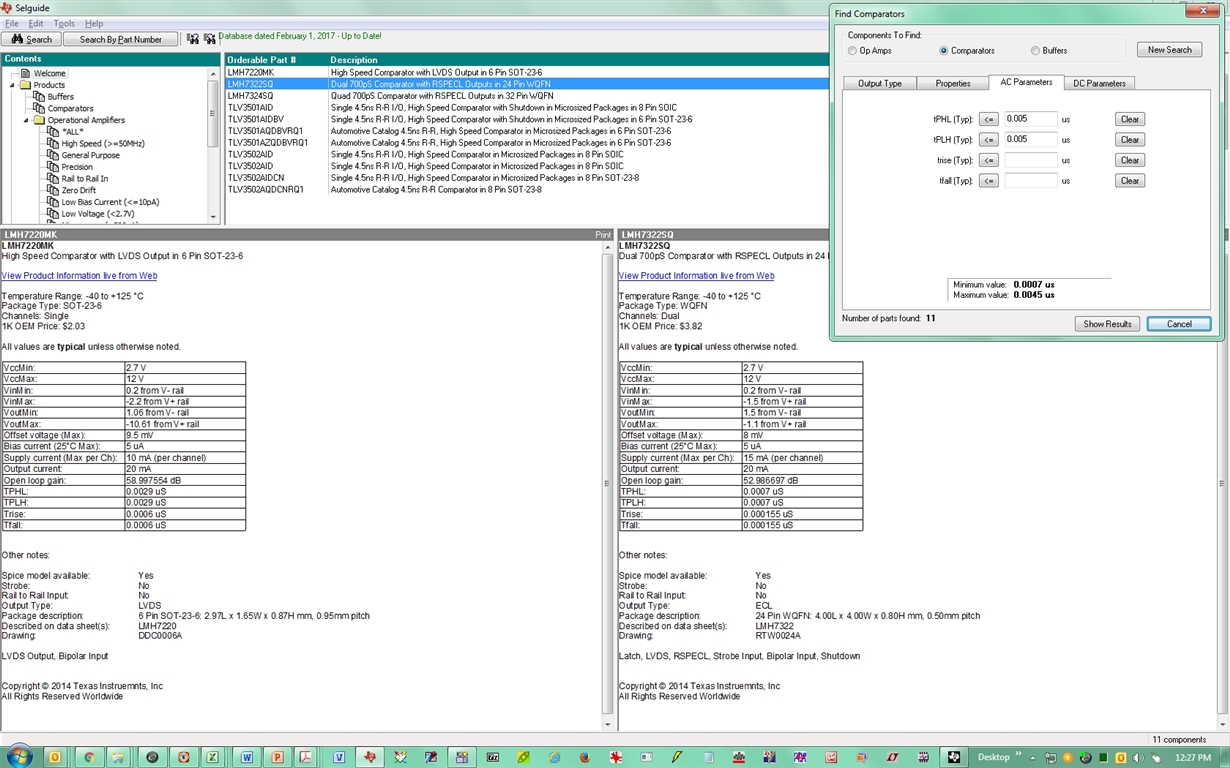Other Parts Discussed in Thread: LMH7220, LMH7322, LMH7324
Dear Mr Hooman Hashemi. Some time ago I asked a question concerning oscillation on the LMV7219 out. I send oscillograms. LMV7219 works as zero-crossing detector.
Signal from generator must be “clear” sinusoidal. But, as you can see, signal is not “clear” – there is noise on it. Why? This is measurement error of signal using oscilloscope? As you see, there is noise too on zero level. May be, in fact, between the input +IN of the comparator and GND (0 V) there is no noise?
Please, report, is it make sense to set additional hysteresis in LMV7219 in order to prevent switching of the comparator from noise, available on the sinusoidal signal near zero volts. I checked 6 devices and has not yet found “noise” switching of the comparator near zero volts – you can see it on oscillogram. May be this additional hysteresis not needed?
As to R1 and R3 values, I picked them for a long time. Point is that, generator’s load must be about 10 k. This load provides R1.
TIA
Sincerely
Vladimir Naumenkov
Picture 1: LMV7219 out
Picture 2: LMV7219 +IN
Picture 4: Generator out
Picture 5: Zero level




